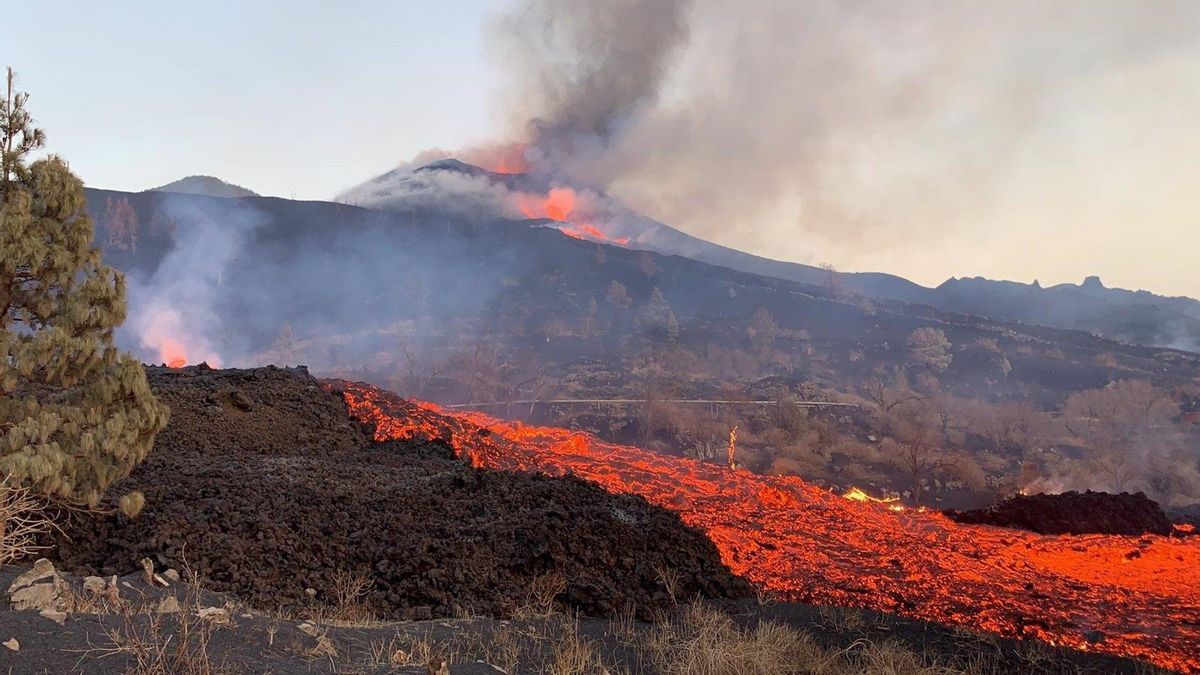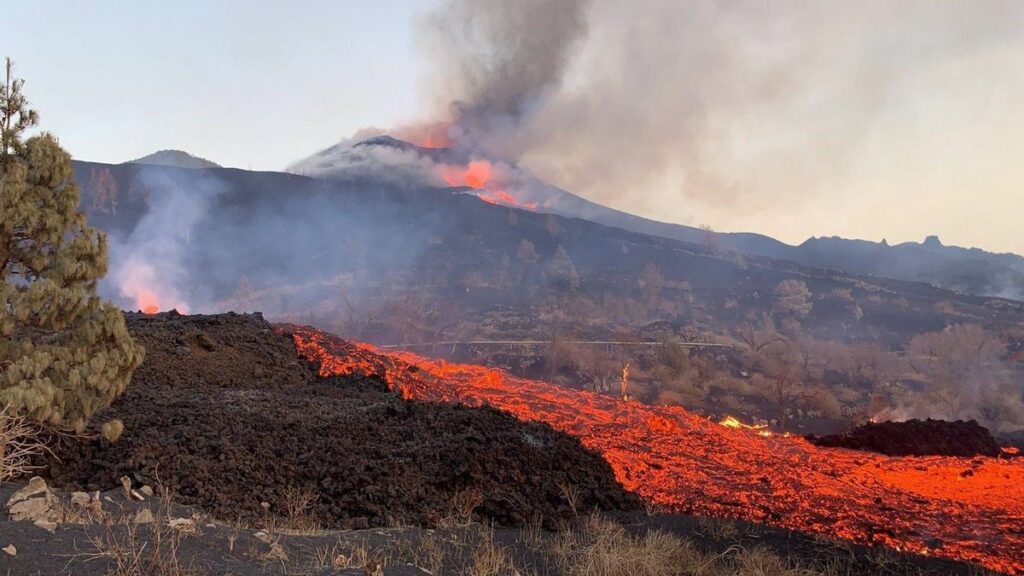Tenerife gears up for major volcanic emergency drill
The Island Council of Tenerife (Cabildo de Tenerife) is putting the final touches on a large-scale emergency simulation scheduled to take place in the municipality of Garachico from September 22nd to 26th. The drill is designed to test and refine the island’s volcanic risk strategy and will involve more than 1,000 participants.
Why Garachico was chosen for the simulation
The choice of Garachico is no coincidence. According to projections from the Canary Islands Volcanological Institute (Involcan), the island’s northwest region—encompassing Garachico, El Tanque, Santiago del Teide, and Guía de Isora—is classified as the area at highest volcanic risk.
Preparedness, not alarm
Island President Rosa Dávila emphasized that there is no “imminent” eruption situation. However, she stated that the island must be “prepared for any scenario.” The objective is far from alarming the public; instead, it’s about establishing a common strategy to clearly communicate actions to citizens. The approach is to work hand-in-hand with science to have all the necessary management and analysis tools ready, ensuring that the protection of human life is the absolute priority in the event of an eruptive episode.
A comprehensive and pioneering strategy
Dávila outlined the comprehensive preparations, which include increased funding for prevention, support for municipalities to develop their own emergency plans (with a coordination meeting set for September 15th), and the creation of logistical support points in collaboration with the Red Cross and the College of Pharmacists. Training programs have been established with Involcan, the National Geographic Institute (IGN), the State Meteorological Agency (Aemet), and universities. Furthermore, command posts have been designed to facilitate seamless collaboration between scientists and the military. Dávila underscored that this simulation will be a pioneering effort in Spain, on par with exercises conducted in volcanic hotspots like Hawaii and Sicily.
How the drill will unfold for the public
While numerous preliminary activities are planned, the climax of the drill—which is part of the EU-Modex, the European Union’s Civil Protection Mechanism—will occur on September 26th. At 09:00 hours, residents across the entire island will receive an alert via the ES-Alert platform, notifying them that the island’s alert level has been raised to ‘red’ due to a volcanic eruption. This signal will trigger the evacuation of residents from Garachico’s old wharf area and mark the official start of the full-scale simulation.
An exercise in public awareness and resilience
Néstor Padrón, Head of Civil Protection for Tenerife, clarified that the drill is not an improvisation but a “pedagogical exercise” following a standardized operational pattern. The goal is to raise public awareness and empower the population to become more resilient in the face of such eventualities. He appealed for a “global strategy” involving all areas of the Island Council and coordinated with municipalities to identify vulnerable persons and animals, establish population reception centers, and manage the evacuation of tourists.
A growing and complex risk
Padrón acknowledged that the risk is becoming “increasingly complex” due to climate change, making anticipation and prevention work essential. Luca D’Auria, a vulcanologist from Involcan, praised the “incredible change” in the quality of Tenerife’s civil protection and volcanic monitoring systems over the last 25 years. He confirmed that authorities will have access to a “situation report updated minute by minute.” To improve early warnings, three calorimeters are being acquired to better detect the movement of magma at depth, which is critical as the lead time for an eruption “can be very short, about a week.”
Understanding Tenerife’s volcanic activity
D’Auria stated that “the entire island has to be prepared” because volcanic monitoring is notoriously difficult, as demonstrated during the La Palma eruption. He admitted that Tenerife has shown “anomalies” since 2016, but in 80% of such cases, the island simply “goes back to sleep.” Many recent seismic ‘swarms’ are attributed to the island’s hydrothermal system, with “no evidence” of deep magma movement, and the situation is expected to remain stable in the short term.
Living on an active volcano
“What has occurred in recent months is within normality. The system is dormant but it will wake up,” D’Auria pointed out, noting that this could happen in a year or a century. “Tenerife is an active island and sooner or later there will be another eruption. We have to be prepared, but right now we are in a period of tranquility.” According to Involcan’s statistical projections, the probability of an eruption on Tenerife is almost 40% in the next 50 years and over 63% in the next 100 years.
The challenge of public perception
D’Auria noted that volcanic risk in the Canaries “is increasing” due to infrastructure development and population growth, which exposes more people to potential danger. Despite this, he believes there is much work to be done with the population, which generally has “low risk perception.” He cited the example of poorly attended prevention workshops in La Palma in the months before its eruption, highlighting the critical need for exercises like the upcoming drill to foster a culture of preparedness among both residents and visitors to the islands.


